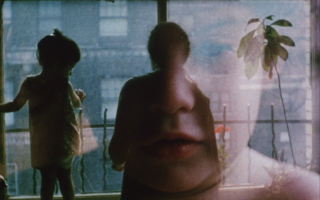lotusyouthcouncil.com – “Portrait of a Lady on Fire” is a groundbreaking film that has captivated audiences worldwide with its tender yet powerful portrayal of forbidden love. Directed by Céline Sciamma and released in 2019, this French historical drama has become a significant cultural touchstone within the LGBTQ+ community. Its exquisite storytelling, lush cinematography, and nuanced performances have made it a masterpiece of modern cinema.
Plot Summary
Set in 18th-century Brittany, the film follows the story of Marianne, a painter commissioned to create a wedding portrait of Héloïse, a young woman who has recently left a convent. Héloïse is reluctant to be painted due to her refusal to marry a man she has never met. As Marianne observes her subject by day and paints her secretly by night, an intimate relationship develops between the two women. Their growing connection leads to an exploration of love, freedom, and the constraints imposed by society.
Themes and Symbolism
“Portrait of a Lady on Fire” delves into themes of desire, identity, and the gaze. The film is remarkable for its focus on the female perspective, both in front of and behind the camera. Sciamma’s direction ensures that the viewer experiences the unfolding romance through a lens free from the traditional male gaze. The use of fire as a recurring motif symbolizes passion, transformation, and the fleeting nature of their love.
Cinematic Style
The film’s visual style is characterized by its painterly composition and meticulous attention to detail. Each frame is crafted with the precision of a painting, reflecting the artistic talents of the protagonist, Marianne. The absence of a traditional musical score enhances the film’s immersive atmosphere, relying instead on natural sounds and a few poignant pieces of music that resonate with the narrative.
Impact on LGBTQ+ Cinema
“Portrait of a Lady on Fire” has been celebrated for its authentic portrayal of a same-sex relationship, avoiding common tropes and clichés often found in LGBTQ+ cinema. Its success has paved the way for more diverse storytelling within the film industry, emphasizing the importance of representation and the universality of love. The film’s impact extends beyond its narrative, inspiring a new generation of filmmakers and audiences alike.
Conclusion
“Portrait of a Lady on Fire” is more than just a love story; it is a testament to the power of cinema as an art form. Its exploration of love, art, and individuality resonates deeply with viewers, making it a timeless piece of LGBTQ+ cinema. As audiences continue to discover this remarkable film, its legacy as a beacon of representation and artistic achievement will undoubtedly endure.




